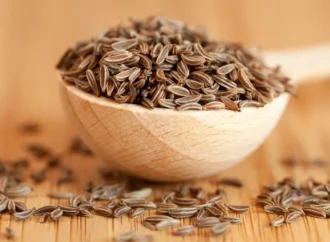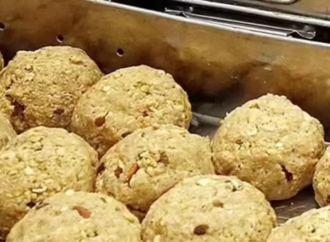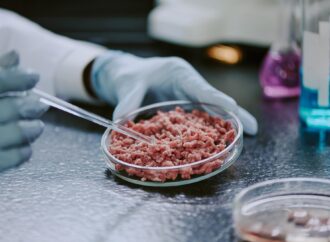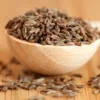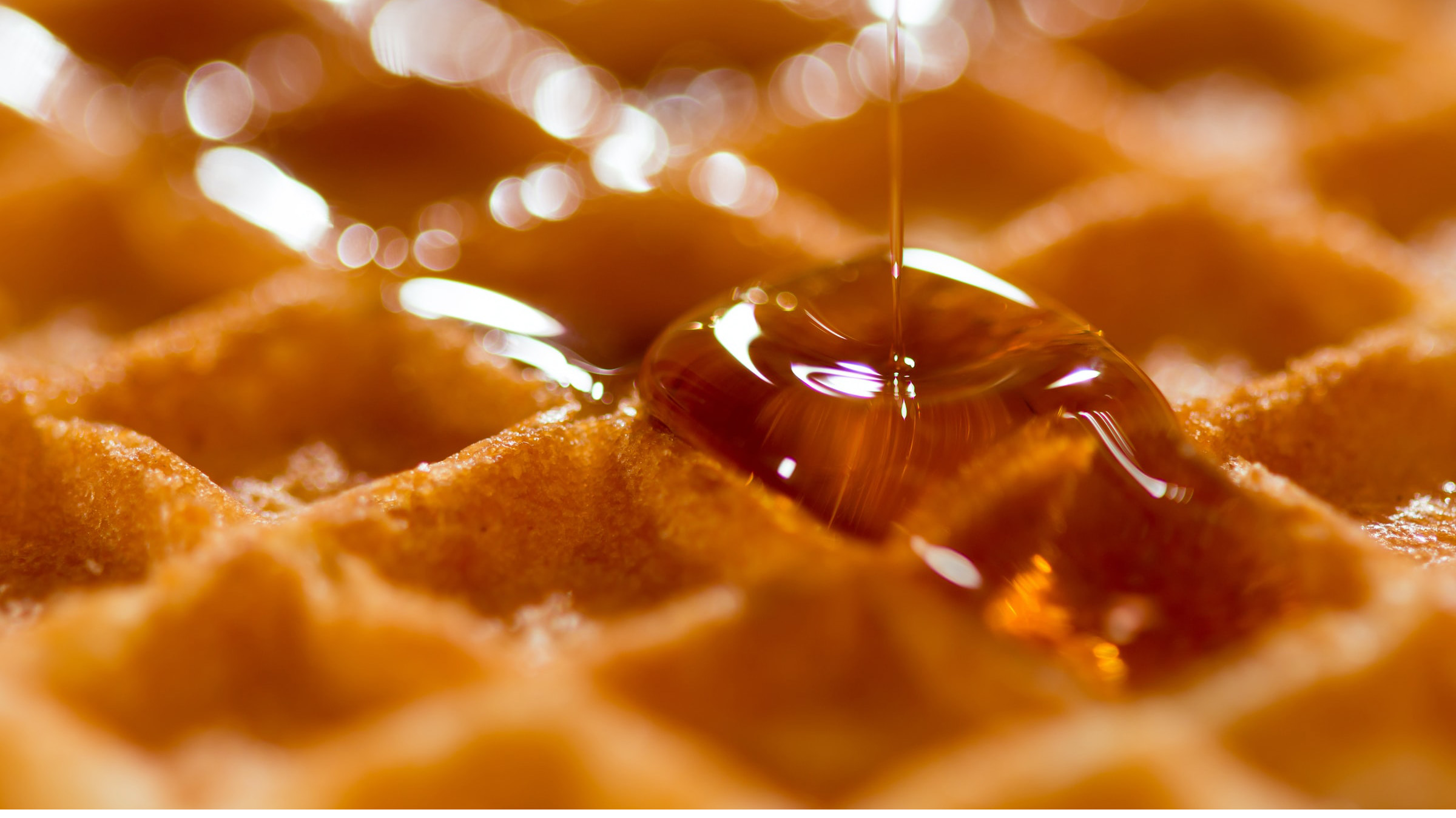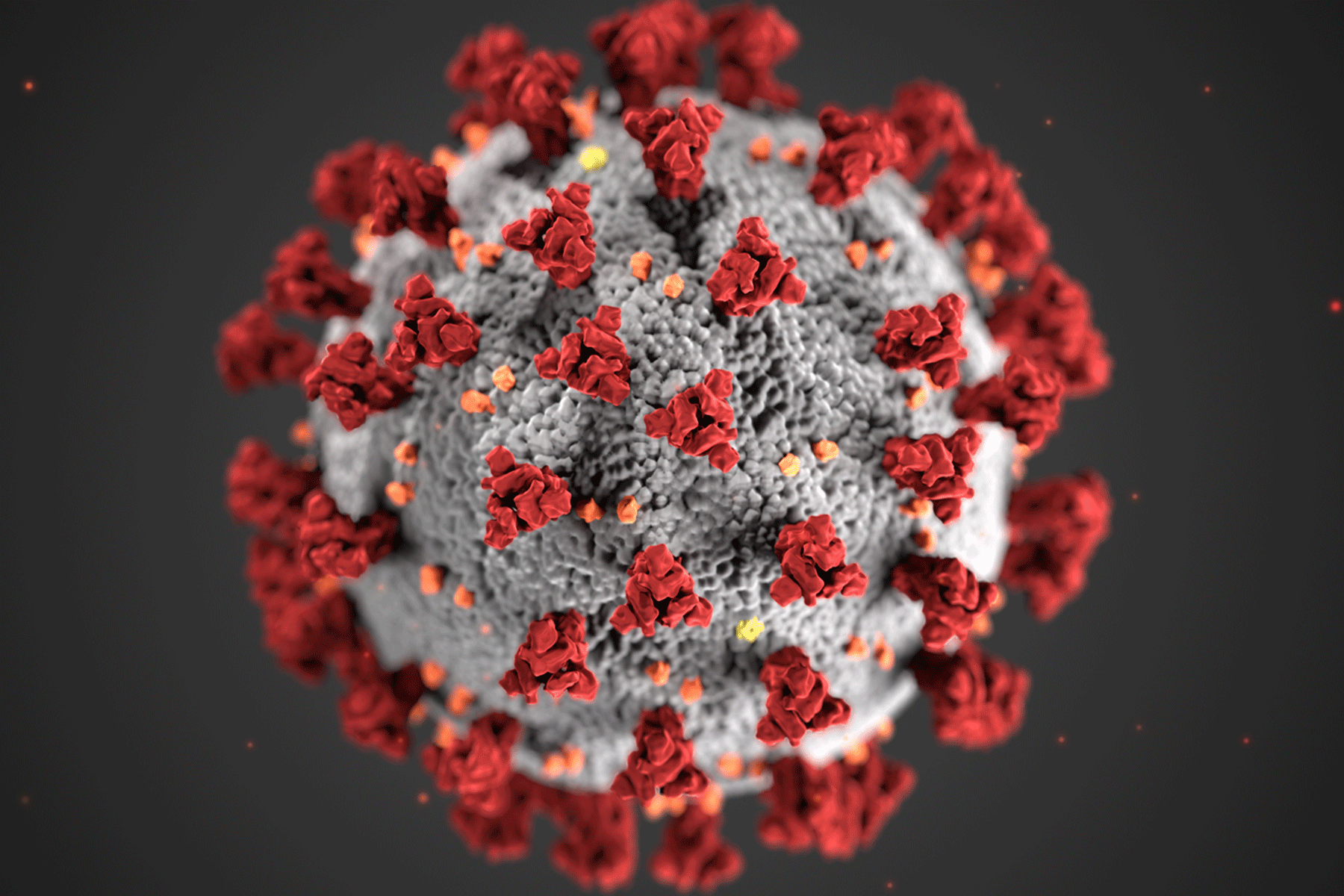Key Development
A recent viral video showed an iodine tincture test performed on paneer served at a celebrity-owned restaurant in Mumbai, where iodine turned the paneer black. Many viewers interpreted this as proof that starch had adulterated the paneer and that it was fake. However, food experts caution that the iodine test alone cannot fully confirm the authenticity or safety of paneer.
Understanding the Iodine Test and What It Reveals
The iodine test detects starch by turning blue or black when iodine solution touches starch molecules. If paneer turns black in this test, it confirms starch presence—a common cheap filler in fake paneer. In such cases, the test reliably signals starch adulteration. However, the test only detects starch and cannot reveal other adulterants like oils, chemicals, or non-starch fillers, which do not react with iodine. Also, some authentic dishes contain ingredients like soy, potatoes, rice, or flour that cause iodine to change colour, potentially leading to false assumptions if you ignore the context.
Why the Iodine Test Alone Isn’t Enough
Because the iodine test only detects starch, relying on it solely to judge paneer’s authenticity is insufficient. A negative iodine test result (no colour change) doesn’t guarantee the paneer is genuine or free from other adulterants. Also, cross-contamination during cooking or preparation can alter the test results. Experts recommend using the iodine test only as an initial screening method for starch adulteration and combining it with other assessments to get a clearer picture.
Other Ways to Check Paneer Authenticity
- Aroma and Texture: Authentic paneer has a fresh milky aroma and a crumbly texture. Fake paneer often feels rubbery or overly smooth.
- Heating Test: When heated on a dry pan, real paneer browns slightly and crumbles, whereas fake paneer melts quickly and releases excess water.
- Arhar Dal Test: Boil the paneer in water, cool it, and sprinkle arhar dal powder (toor dak powder) on it. A colour change to light red indicates possible adulteration.
Conclusion
If the iodine test turns the paneer black, it confirms starch adulteration, indicating the paneer is fake or compromised. However, the test’s limitations mean it cannot detect all forms of adulteration or confirm overall authenticity. For consumers seeking safe and genuine paneer, it is best to use multiple physical tests and, where possible, rely on professional lab analyses rather than depending solely on the iodine test.
Source: NDTV
 Food Manifest
Food Manifest 
